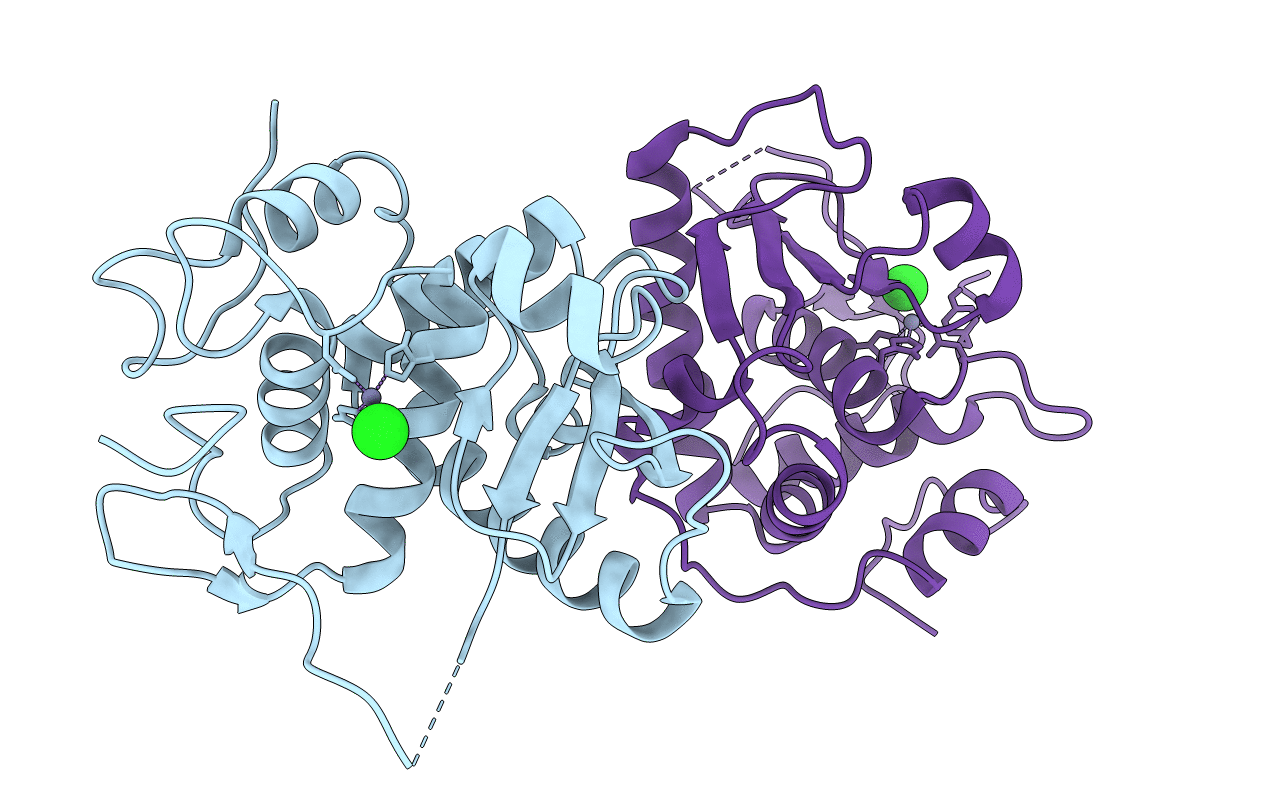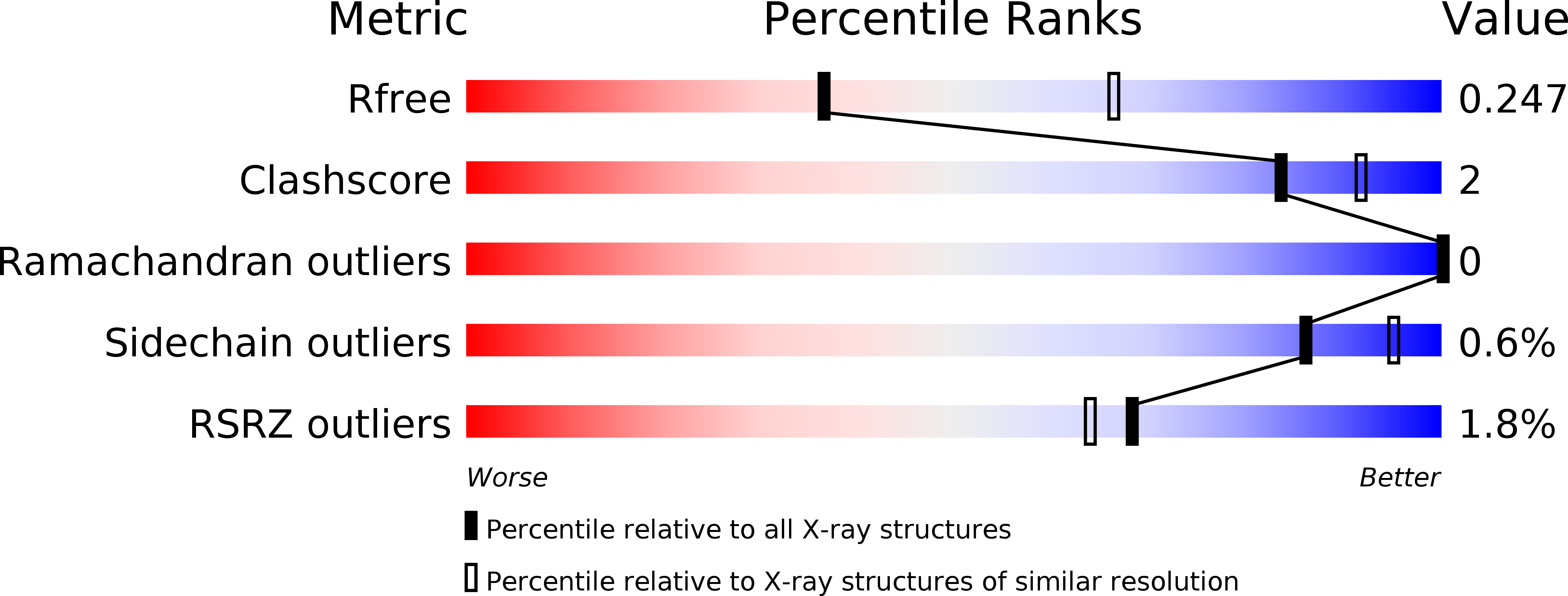
Deposition Date
2018-05-03
Release Date
2018-08-29
Last Version Date
2024-10-23
Entry Detail
PDB ID:
6GGO
Keywords:
Title:
Crystal structure of Salmonella zinc metalloprotease effector GtgA
Biological Source:
Source Organism:
Host Organism:
Method Details:
Experimental Method:
Resolution:
2.60 Å
R-Value Free:
0.25
R-Value Work:
0.21
R-Value Observed:
0.21
Space Group:
I 1 2 1


